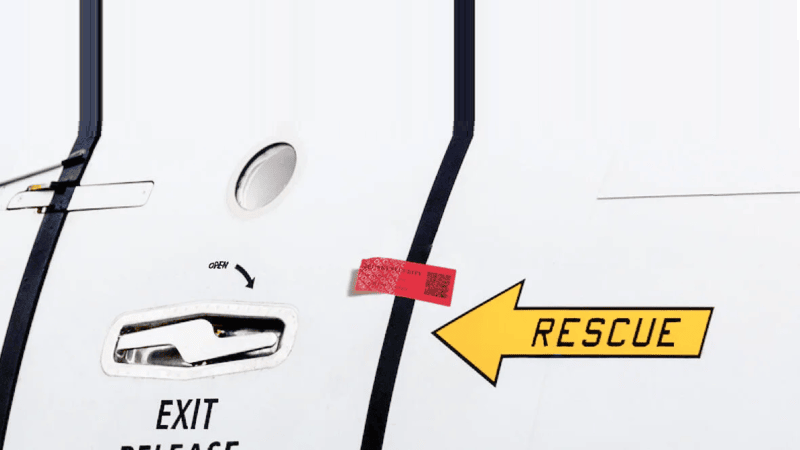Ensuring the safety of passengers is not just about securing aircraft—it also involves protecting cargo, baggage, and other critical assets from unauthorized access. Unauthorized access to these items can lead to tampering, eventually sabotaging flight security.
However, by using tamper-evident solutions, airlines and airport security teams can quickly detect any signs of interference, preventing any mishap. In this article, we will examine key aviation security regulations, the role of tamper evidence solutions, and how they help airlines meet industry standards.
Common Flight Security Risks

Aviation security is a critical concern for airlines, airports, and regulatory authorities worldwide. Common threats pose significant risks to flight safety, including:
- Unauthorized access to restricted areas.
- Tampering with cargo, baggage, or aircraft components.
- Smuggling of contraband or illicit goods.
- Exploitation of security gaps for criminal activities like drug trafficking.
Another major risk is aircraft tampering, where unauthorized individuals attempt to interfere with onboard systems, catering supplies, or maintenance equipment. Even minor breaches can compromise safety and lead to severe consequences.
To mitigate these risks, airlines must adopt comprehensive security strategies, including tamper-evident solutions, biometric authentication, and real-time monitoring systems.
Strengthening security protocols at every stage—from baggage handling to cargo transport—ensures compliance with aviation regulations and enhances passenger safety.
Regulatory Requirements for Aviation Security
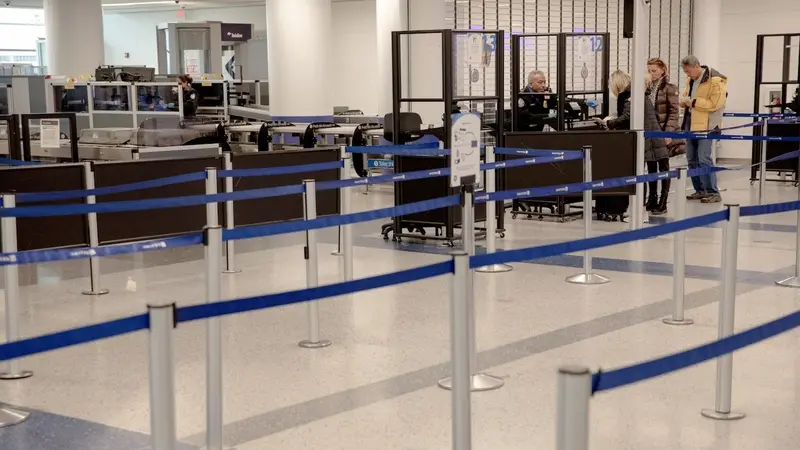
Aviation security is governed by strict regulations set by international organizations such as the International Civil Aviation Organization (ICAO) and the International Air Transport Association (IATA). These organizations establish security standards and guidelines to prevent any threats that could compromise flight safety.
Airlines and airports must follow these guidelines to ensure the protection of passengers, crew, and cargo. Compliance with aviation security regulations requires airports and airlines to implement tamper-evident solutions. These measures help detect and prevent unauthorized access to aircraft, cargo holds, and baggage handling areas.
Proper documentation is also essential in maintaining security compliance. Airlines must keep detailed records of tamper-evident packaging, security seals, and baggage handling procedures. This documentation helps provide evidence of security measures in place, supports investigations of potential tampering, and ensures regulatory bodies can verify compliance during inspections.
Types of Tamper-Evident Products Used in Aviation Security
While regulations set the framework for aviation safety, the choice of practical tools makes all the difference in day-to-day operations. Airlines and airport authorities rely on a range of tamper-evident products designed to secure baggage, cargo, and sensitive aircraft components. Each solution serves a specific purpose, offering varying levels of protection and traceability.
Tamper-Evident Tape & Security Labels
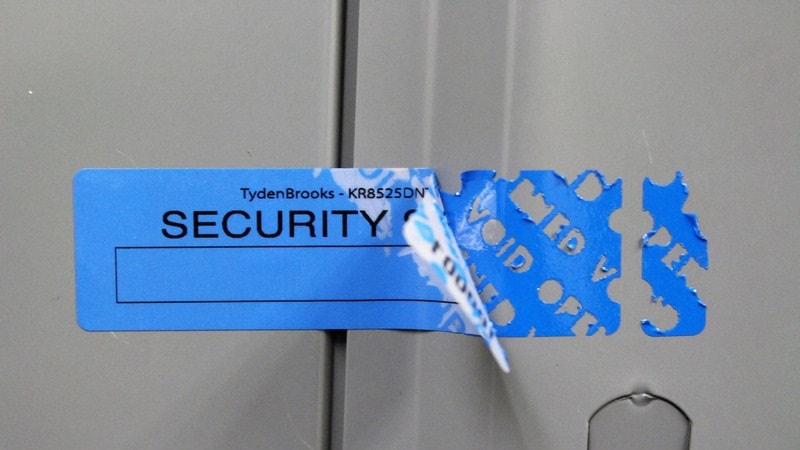
Tamper-evident tapes and security labels are essential for protecting baggage, aircraft maintenance areas, and restricted sections. These tamper-proof solutions leave visible “VOID” messages or other markings when removed, making tampering attempts easily detectable. Airlines use them to secure cargo shipments, aircraft panels, and sensitive equipment.
Tamper-evident labels provide custom security features, including barcodes, holograms, and color-changing inks that make forgery impossible. Security teams conduct routine checks to ensure that the labels and tape remain intact. Any sign of removal or damage triggers an immediate security response, preventing unauthorized interference.
Aircraft Security Seals
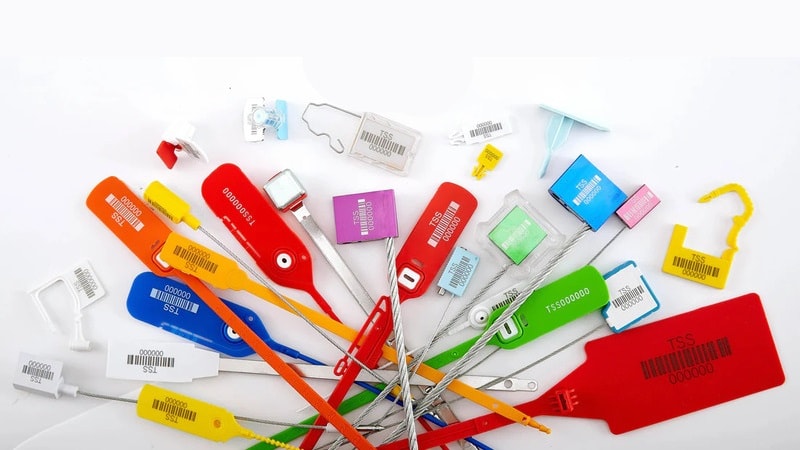
Aircraft security seals help prevent unauthorized access to aircraft doors, fuel tanks, and cargo holds. These tamper-evident solutions act as a visible deterrent against interference, ensuring that only authorized personnel can access critical areas. Security seals come in various types, including plastic, metal, and cable seals, each designed to withstand harsh aviation conditions.
Each security seal features a unique serial number, barcode, or RFID tracking to improve security and traceability. If a seal is broken or shows signs of tampering, security personnel can immediately investigate and provide evidence of a potential breach. Routine checks and proper documentation ensure that aircraft remain secure throughout operations.
Tamper-Evident Bags
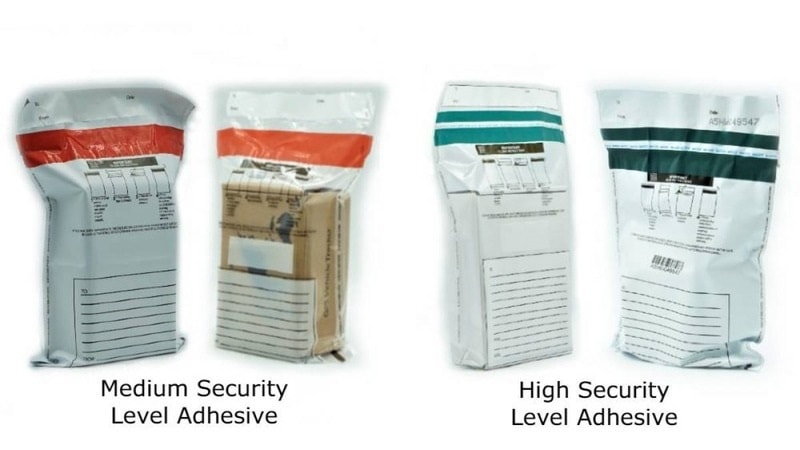
Tamper-evident bags provide secure storage for confidential documents, passenger valuables, and in-flight cash handling. These security bags feature specialized seals that make it impossible to open and reseal without leaving clear signs of tampering. Airlines use them to safeguard important paperwork, duty-free purchases, and crew belongings.
Many tamper-evident bags include barcodes and tracking numbers, allowing security teams to monitor their movement. They also help with regulatory compliance by maintaining a chain of custody for sensitive materials. Using these bags enhances aviation safety by reducing the risk of unauthorized access or theft.
Electronic Tamper-Evident Seals
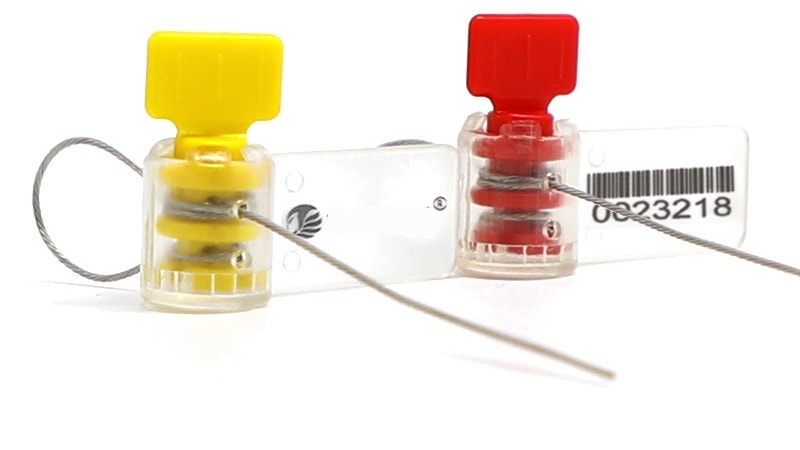
Electronic tamper-evident seals offer advanced tracking and monitoring capabilities for aviation security. Unlike traditional security seals, these digital solutions integrate RFID chips, GPS tracking, and real-time data transmission to detect and report any tampering attempts. Airlines use them for high-risk cargo, aircraft access points, and critical maintenance areas.
By providing instant alerts on seal removal or unauthorized access, these systems help security teams respond faster to potential threats. Many electronic seals store security logs that serve as evidence during investigations. Their ability to enhance aviation safety through real-time monitoring makes them an increasingly valuable tool in the industry.
To make it easier to understand how these solutions fit into aviation security, let’s break down the main types of tamper-evident products and their key applications:
| Product Type | Common Applications | Key Security Features |
|---|---|---|
| Tamper-Evident Tape & Labels | Securing cargo, baggage, aircraft panels, and maintenance areas. | Leaves a "VOID" message upon removal; can include barcodes, holograms, and unique identifiers. |
| Aircraft Security Seals | Securing aircraft doors, fuel tanks, cargo holds, and catering carts. | Made of durable plastic, metal, or cable; features unique serial numbers or barcodes for traceability. |
| Tamper-Evident Bags | Storing confidential documents, passenger valuables, duty-free items, and in-flight cash. | Features specialized seals that show clear evidence of tampering; includes tracking numbers for chain of custody. |
| Electronic Tamper-Evident Seals | Protecting high-risk cargo, critical access points, and sensitive maintenance areas. | Integrates RFID, GPS tracking, and real-time data transmission; provides instant alerts for tampering attempts. |
Each tamper-evident product addresses a different aspect of aviation security. By strategically combining these solutions, airlines can build a multi-layered defense system that prevents tampering, ensures compliance with international regulations, and strengthens overall passenger safety.
How to Implement Tamper-Evident Solutions in Flight Security
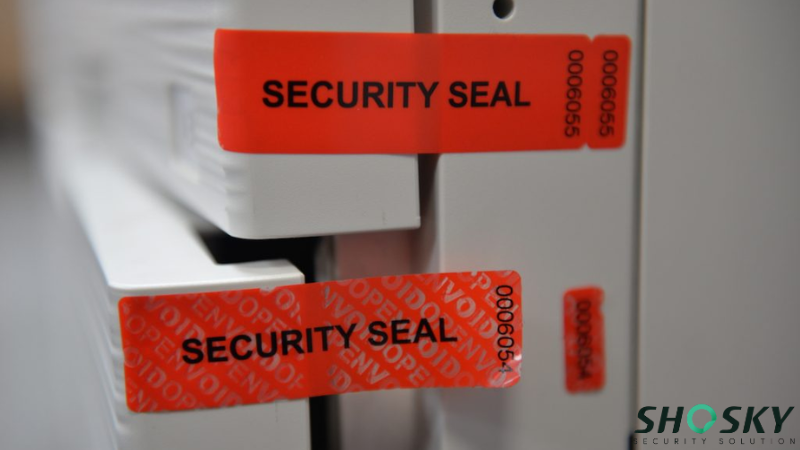
Integrating tamper-evident technology into airline security procedures requires a systematic approach that ensures effective implementation and ongoing monitoring. To successfully integrate tamper-evident solutions, airlines should follow these steps:
- Assess Security Risks: Identify high-risk locations that require tamper-evident security measures. Evaluate past security breaches and emerging threats to establish where tamper-evident solutions are most needed.
- Select the Right Products: Choose security seals, labels, or electronic tracking systems based on the application.
- Train Security Teams: Conduct regular training sessions to ensure staff can detect and handle tampering attempts. Reinforce training with hands-on exercises and updates on evolving security threats.
- Implement Monitoring Systems: To maximize the effectiveness of tamper-evident measures, airlines should implement robust monitoring systems. The choice of monitoring system will depend on the specific needs and resources of the airline. Data collected should be securely stored and analyzed to identify trends and improve security protocols.
- Conduct Routine Audits: Perform frequent security checks to ensure all tamper-evident measures remain effective. Establish a schedule for inspecting security seals, reviewing tracking records, and testing the durability of tamper-evident materials. Regular audits help identify weaknesses in the system and improve overall flight security.
By following these steps, airlines can strengthen flight security and prevent unauthorized access to critical aircraft components, ultimately enhancing passenger safety and security.
Best Practices to Enhance Flight Security with Tamper-Evident Solutions
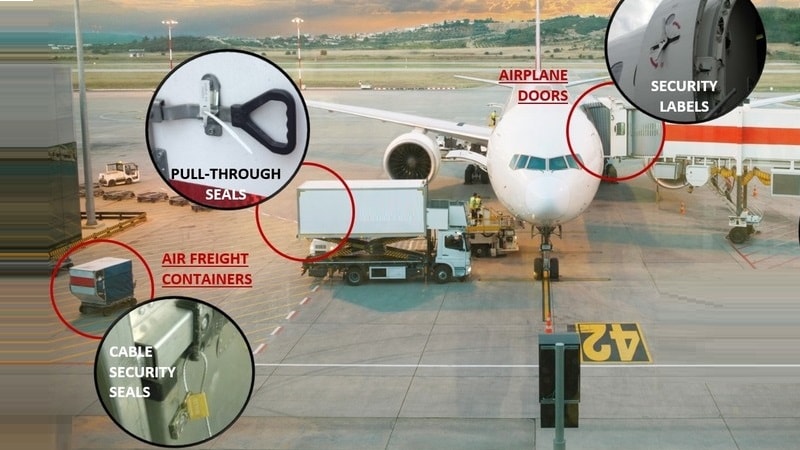
To maximize flight security, airlines should adopt the following best practices for their tamper-evident solutions:
- Partner with Reputable Providers: Work with trusted suppliers who provide high-quality, industry-compliant security solutions that can withstand the harsh conditions of air travel.
- Integrate Digital Tracking: Enhance security by using solutions with digital features like RFID tags, QR codes, and barcodes. These tools provide instant verification, reduce human error, and create a clear audit trail.
- Establish Strict Chain-of-Custody Protocols: Implement and enforce a detailed logging system to track the entire lifecycle of each seal, from application and inspection to removal. This ensures accountability and simplifies investigations.
By combining these practices, airlines can create a layered defense system that minimizes vulnerabilities and ensures regulatory compliance. More importantly, they build trust with passengers and stakeholders by showing a strong commitment to safety.
The Future of Flight Security with Tamper Evidence
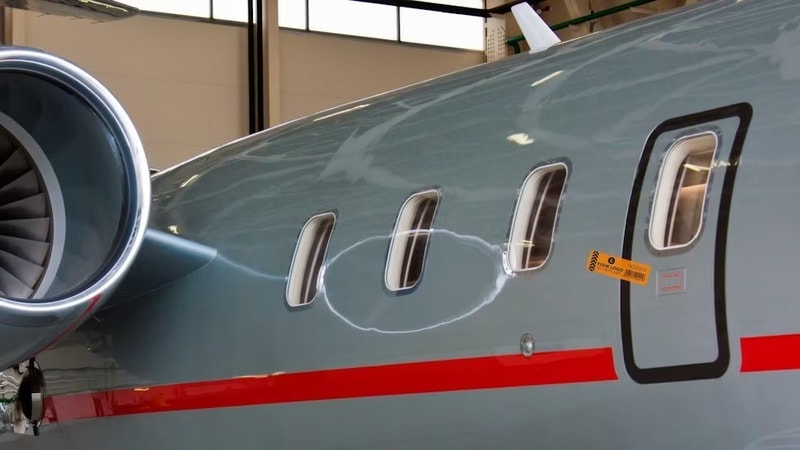
The future of flight security is inextricably linked to advancements in tamper-evident technology. Emerging trends point towards a more sophisticated and interconnected security ecosystem. One key area of innovation is the development of digital security seals and blockchain tracking.
These technologies offer enhanced security through unique, cryptographically secured identifiers linked to a tamper-proof digital record. Blockchain’s decentralized and immutable nature ensures the integrity of the data, providing an irrefutable audit trail of every interaction with secured items throughout the supply chain. This significantly reduces the risk of fraud and unauthorized access.
The aviation industry can use these evolving technologies to enhance security in several ways. Integrating advanced sensor technology into security seals allows for real-time monitoring of environmental conditions (temperature, humidity, pressure) and provides immediate alerts of any tampering attempts.
Ultimately, the future of flight security hinges on a collaborative approach. Airlines, security agencies, and technology providers must work together to integrate these innovations, ensuring interoperability and strong cybersecurity. A unified approach will help maintain the highest safety standards amid evolving threats.
FAQs
Q1: What types of security seals are used for aircraft?
Aircraft security seals include plastic, metal, and electronic seals, which secure doors, cargo holds, and fuel tanks to prevent unauthorized access and tampering.
Q2: How can airlines ensure tamper-evident seals are not bypassed?
Airlines can enhance security by using high-quality seals, real-time tracking, regular inspections, and staff training to detect and respond to any tampering attempts.
Q3: Can tamper-evident security solutions be used for cargo shipments?
Yes, tamper-evident bags, tapes, and security seals help protect air cargo shipments.
Conclusion
Tamper-evident solutions play a crucial role in enhancing aviation security by preventing unauthorized access to aircraft, cargo, and baggage. With growing security risks, airlines must adopt high-quality security seals, labels, and tracking systems to ensure compliance with international aviation regulations.
Strengthen Flight Security with Shosky Today!
Shosky Security specializes in high-performance tamper-evident seals, labels, and security tapes for aviation applications. Our customizable solutions help airlines to enhance security and compliance with ICAO and IATA regulations. Contact us today to learn more!
